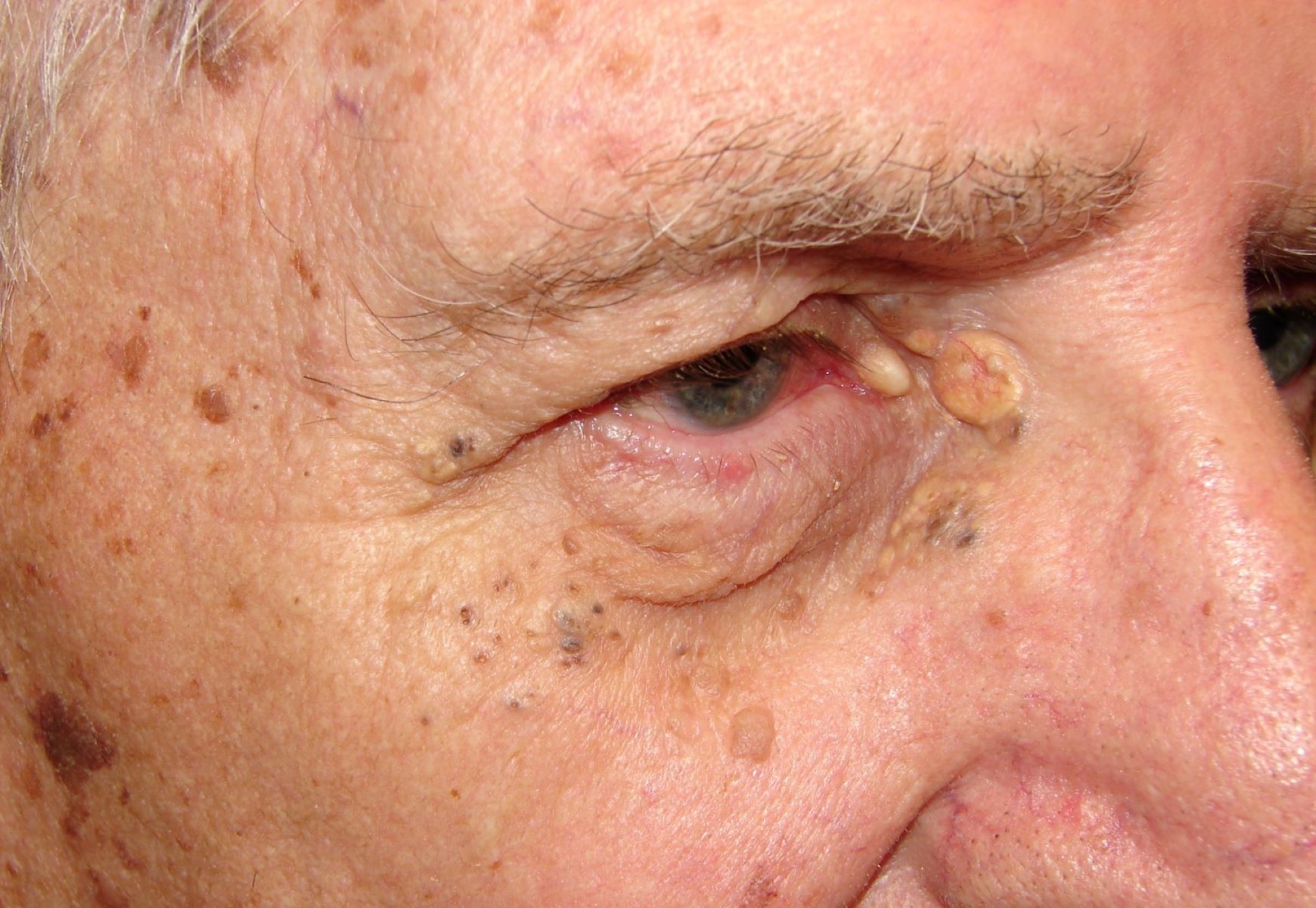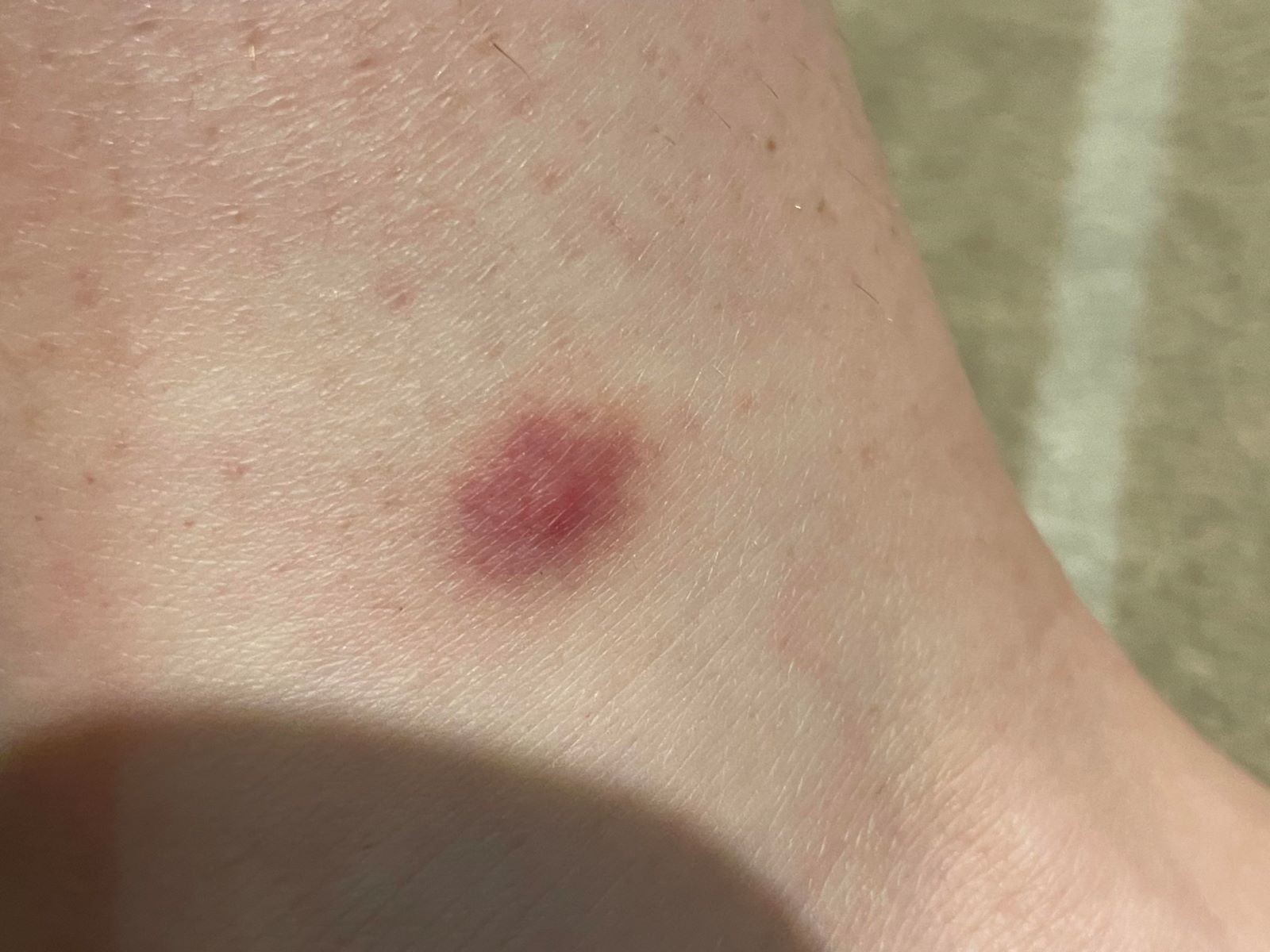
Favre–Racouchot Syndrome, also known as Favre–Racouchot disease, is a rare skin condition that often puzzles many. What exactly is Favre–Racouchot Syndrome? It's a disorder characterized by the appearance of multiple keratoacanthomas, which are benign skin tumors. These lesions usually show up on sun-exposed areas like the face, neck, and arms. Prolonged exposure to ultraviolet (UV) radiation is believed to be a significant factor. While these growths might look alarming, they typically regress on their own over time. However, distinguishing them from more serious skin conditions like squamous cell carcinoma is crucial. Understanding this syndrome involves looking at its causes, symptoms, diagnosis, and treatment options.
What is Favre–Racouchot Syndrome?
Favre–Racouchot syndrome is a rare skin condition that can be quite puzzling. It involves the formation of multiple keratoacanthomas, which are benign skin tumors. These tumors often appear in clusters on sun-exposed areas of the body. Let's dive into some key facts about this condition.
-
Definition and Classification
Favre–Racouchot syndrome is characterized by the development of multiple keratoacanthomas. These lesions are typically found on sun-exposed areas and can appear in clusters or as solitary lesions. -
Etiology
The exact cause isn't fully understood, but prolonged exposure to ultraviolet (UV) radiation from the sun or tanning beds is believed to play a significant role. -
Symptoms
The primary symptom is the appearance of multiple keratoacanthomas. These start as small, firm, dome-shaped papules that may be pink or flesh-colored. -
Clinical Presentation
Keratoacanthomas often present in clusters or groups rather than as solitary lesions. They are most commonly found on the face, ears, neck, hands, and arms.
How is Favre–Racouchot Syndrome Diagnosed?
Diagnosing Favre–Racouchot syndrome involves a combination of clinical examination and histopathological findings. Here are some important points to consider.
-
Differential Diagnosis
Keratoacanthomas can sometimes be mistaken for squamous cell carcinomas or other types of skin cancers. However, they typically grow rapidly before stabilizing and eventually regressing. -
Histopathology
Histologically, keratoacanthomas are characterized by a central keratin-filled crater surrounded by a ring of squamous epithelium. This pattern helps differentiate them from other skin lesions. -
Diagnosis
Diagnosis is primarily based on clinical examination and biopsy results. A dermatologist may perform a biopsy to confirm the presence of keratoacanthomas and rule out other conditions.
Treatment Options for Favre–Racouchot Syndrome
While keratoacanthomas usually regress spontaneously, treatment may be necessary to manage symptoms or prevent complications. Here are some common treatment options.
-
Surgical Excision
This involves surgically removing the lesion(s) under local anesthesia. -
Cryotherapy
Freezing the lesion with liquid nitrogen can help destroy it. -
Topical Treatments
Applying topical creams or ointments containing retinoids or other agents may help manage symptoms. -
Photodynamic Therapy
This involves using light-sensitive medications combined with laser light to target and destroy abnormal cells.
Prognosis and Prevention
Understanding the prognosis and prevention strategies can help manage Favre–Racouchot syndrome more effectively.
-
Prognosis
The prognosis is generally good, as keratoacanthomas tend to regress spontaneously over several months to a few years. However, repeated episodes can occur due to ongoing UV exposure. -
Prevention Strategies
Preventing the condition involves minimizing exposure to UV radiation. Using sunscreen, wearing protective clothing, and seeking shade can help reduce the risk.
Genetic Factors and Demographics
Favre–Racouchot syndrome can affect anyone, but certain factors may increase susceptibility. Let's explore these aspects.
-
Genetic Factors
There is evidence suggesting that genetic predisposition may play a role. Individuals with a family history of similar conditions may be more susceptible. -
Age and Gender Distribution
The condition is more commonly diagnosed in older adults. Both men and women can develop this condition.
Associated Conditions and Impact
Favre–Racouchot syndrome can be linked to other skin conditions and may have psychological and socioeconomic impacts.
-
Associated Conditions
Individuals may also experience other skin conditions such as actinic keratoses or melanoma. Regular check-ups are essential for early detection. -
Psychological Impact
Living with the condition can have psychological implications due to the appearance of multiple lesions. Patients may experience anxiety or depression related to their appearance. -
Socioeconomic Impact
The socioeconomic impact can vary depending on the severity of symptoms and the effectiveness of treatment. Repeated episodes may necessitate ongoing medical care.
Historical Context and Current Research
Favre–Racouchot syndrome has been studied for over a century. Let's look at its historical context and current research trends.
-
Historical Context
The condition was first described by French dermatologists Favre and Racouchot in 1906. Since then, research has continued into its etiology and management. -
Current Research Trends
Current research focuses on understanding the molecular mechanisms and developing more effective treatments. Genetic studies are also being conducted to identify potential genetic markers associated with the condition.
Understanding Favre–Racouchot Syndrome
Favre–Racouchot syndrome, marked by multiple keratoacanthomas, often stems from prolonged UV exposure. These benign skin tumors, though resembling squamous cell carcinomas, usually regress on their own. Diagnosis hinges on clinical exams and biopsies, while treatments range from surgical excision to topical creams. Prevention focuses on minimizing UV exposure through sunscreen and protective clothing. Genetic factors might play a role, and the condition is more common in older adults. Regular dermatological check-ups are crucial for managing associated skin conditions. Psychological and socioeconomic impacts can be significant, highlighting the importance of support groups and resources. Ongoing research aims to uncover the molecular mechanisms and improve treatments. Understanding these key facts helps in managing the condition effectively, ensuring better care and quality of life for those affected.
Was this page helpful?
Our commitment to delivering trustworthy and engaging content is at the heart of what we do. Each fact on our site is contributed by real users like you, bringing a wealth of diverse insights and information. To ensure the highest standards of accuracy and reliability, our dedicated editors meticulously review each submission. This process guarantees that the facts we share are not only fascinating but also credible. Trust in our commitment to quality and authenticity as you explore and learn with us.


